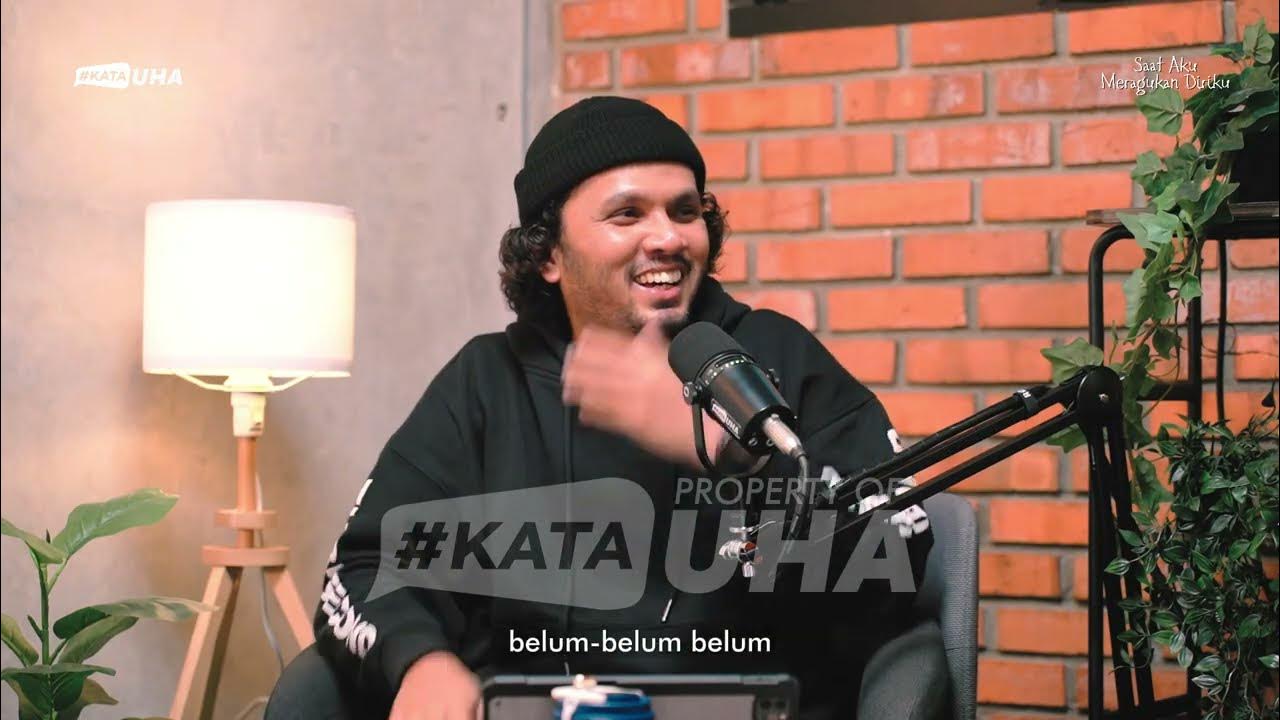Overcome Rejection With These 4 Conversation Openings
Summary
TLDRIn this script, the speaker emphasizes the importance of asking for what you want in life, stressing that not asking guarantees not receiving. The speaker shares techniques for asking in a rejection-free way, offering four strategies: using curiosity-driven phrasing, framing questions around open-mindedness, utilizing hypothetical 'who do you know' questions, and crafting opening fact questions for smoother conversations. These strategies help overcome the fear of rejection and create opportunities for success by encouraging more confident and effective asks, both in personal and professional contexts.
Takeaways
- 😀 If you don't ask, you don't get. Many people miss opportunities because they wait for things to happen rather than actively asking for what they want.
- 😀 Fear of rejection is the number one reason people don't ask for what they want, but learning to ask in a rejection-free way can increase success.
- 😀 The phrase 'I'm not sure if it's for you' creates curiosity and gives the other person the power to decide, making the ask less threatening.
- 😀 Adding the word 'but' after 'I'm not sure if it's for you' shifts focus to the next part of the conversation, making the request feel less direct and more suggestive.
- 😀 Asking with 'How open-minded would you be?' allows for discussion and exploration, while 'Would you be open-minded to?' asks for a more direct decision.
- 😀 The phrase 'How open-minded would you be?' opens the door to a conversation, whereas 'Would you be open-minded to?' leads to a simple yes/no response.
- 😀 Using 'Who do you know?' as a preface invites others to think about their network, sparking discussions and ideas for potential opportunities.
- 😀 'Who do you know?' questions create a playful environment and help gather context without directly asking for a favor, making the conversation more engaging.
- 😀 The 'Opening Fact Question' method helps structure a conversation in a rejection-free way, starting with a polite opening, a mutually agreeable fact, and an easy-to-answer question.
- 😀 Successful communication in both personal and professional settings can be enhanced by using rejection-free asks, increasing your chances of receiving what you want.
Q & A
What is the number one reason people do not get what they want in life?
-The number one reason people do not get what they want in life is that they do not ask for it. They may wish, wait, or hope for things, but without asking, they do not receive.
Why are people afraid to ask for what they want in life?
-People are afraid to ask because they fear rejection. The concern that someone might give them a less-than-perfect response causes hesitation, preventing them from even asking in the first place.
How does the fear of rejection affect people's success?
-The fear of rejection limits the quantity and quality of asks people make, which directly impacts their success. The more confident and competent people are at asking, the more likely they are to succeed.
What is one effective way to ask for things without fear of rejection?
-One effective way is to preface a direct ask with the words, 'I'm not sure if it's for you.' This creates curiosity in the listener and allows them to make the decision without feeling threatened.
Why does the word 'but' play an important role in making a rejection-free ask?
-The word 'but' shifts the focus of the conversation, prompting the listener to lean in and pay attention to what comes next. It doesn't negate the prior statement but rather directs attention to the following idea.
How can the phrase 'I'm not sure if it's for you, but...' be used in a personal scenario?
-In a personal scenario, you could say, 'I'm not sure if it's for you, but I was thinking about us going out for dinner tonight.' This phrase keeps the conversation light and creates space for curiosity.
What is the difference between 'How open-minded would you be to...' and 'Would you be open-minded to...'?
-The difference is in the type of response they invite. 'How open-minded would you be to...' opens up a conversation for discussion, while 'Would you be open-minded to...' closes the response to a yes/no decision.
When should you use a 'How open-minded would you be to...' question?
-You should use this question when you're looking for a discussion or exploring possibilities. It allows the other person to provide more input or constraints on the idea being presented.
How does asking 'Who do you know that...?' work as a rejection-free opening?
-The 'Who do you know that...?' question invites the person to think of others in their circle, allowing for a more hypothetical and non-confrontational conversation. It makes it easier to explore possibilities and gather insights without directly asking for something.
What is the structure of an opening fact question?
-An opening fact question consists of three parts: a polite opening, a mutually agreeable fact, and an easy-to-answer question. This structure helps you gain permission to ask a bigger question while ensuring the conversation remains smooth and rejection-free.
Outlines

This section is available to paid users only. Please upgrade to access this part.
Upgrade NowMindmap

This section is available to paid users only. Please upgrade to access this part.
Upgrade NowKeywords

This section is available to paid users only. Please upgrade to access this part.
Upgrade NowHighlights

This section is available to paid users only. Please upgrade to access this part.
Upgrade NowTranscripts

This section is available to paid users only. Please upgrade to access this part.
Upgrade NowBrowse More Related Video

BAGAIMANA MEMPEROLEH APAPUN YANG KAMU INGINKAN | Jim Rohn | Inspirasi dan Motivasi

How to Get Whatever You Want • Jim Rohn

Jangan Terjebak dalam Penilaian Orang - Ustadz Hanan Attaki

how Allah accepted ALL my dua with one small change

Dr. Cole's Journey Part 1

You Need to Find the Importance of Words to Create Meaningful Conversations
5.0 / 5 (0 votes)